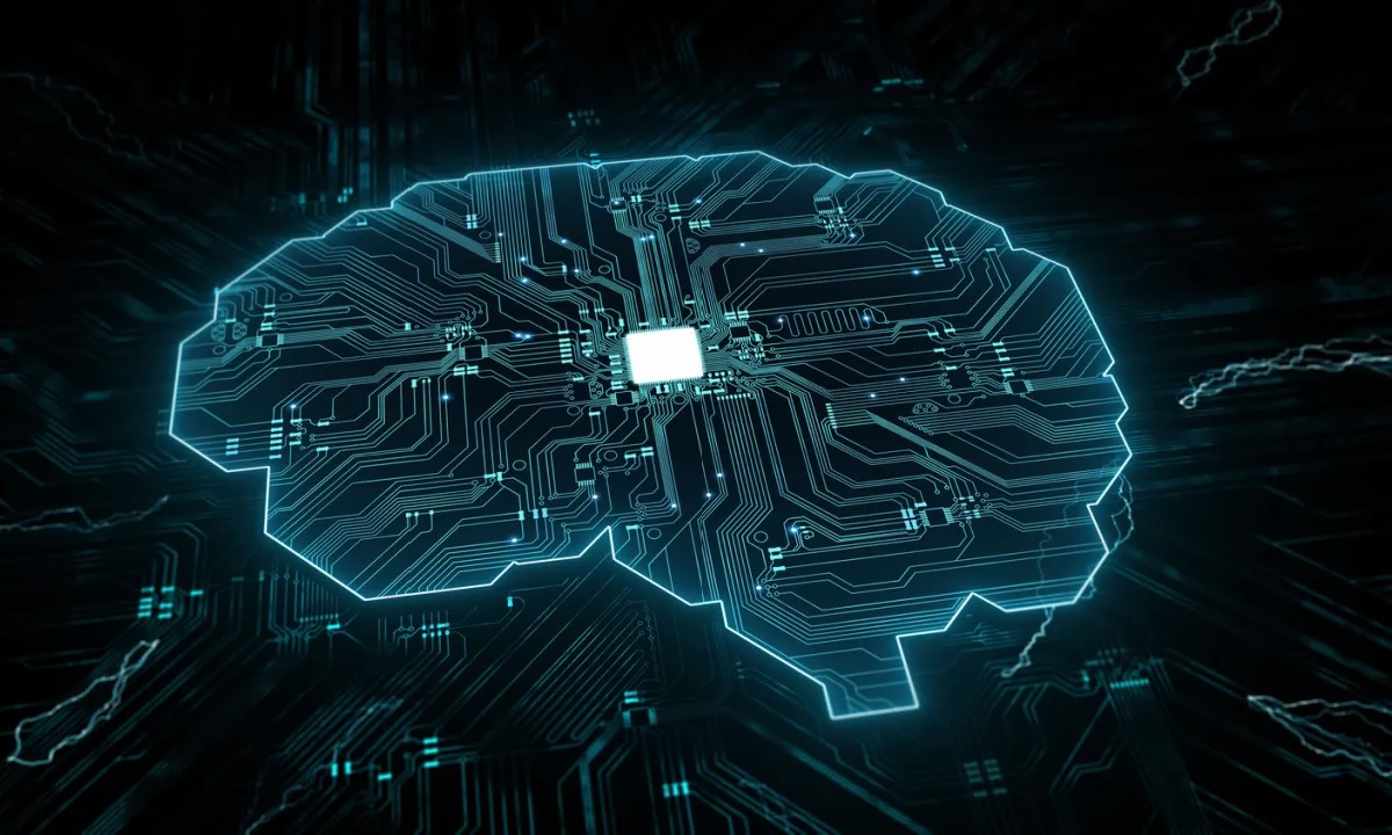As we stand on the precipice of an uncertain future, the looming threat of a digital superintelligence casts a shadow darker and more ominous than any doomsday scenario imaginable.
Artificial Intelligence (AI) is poised to bring about transformative changes across multiple sectors, projecting a substantial annual growth rate of 37.3% from 2023 to 2030. The swift expansion underscores the escalating influence of AI technologies in the upcoming years.
It’s not just about technological progress; it’s a pivotal moment that will define the very essence of our existence. The danger it presents makes the specter of nuclear warheads seem like a mere footnote in the annals of peril.
In this fragile moment, where instability hangs heavy in the air, the decision to tread the path of creating digital superintelligence is akin to playing with the threads of fate.
Should we collectively choose this perilous journey, it demands a level of caution that borders on the sacred. This is not merely about advancing artificial intelligence; it’s about grappling with the most critical and profound decision humanity has ever faced.
Envision a world where the intellect of machines effortlessly surpasses our own, outwitting us at every turn. It’s a landscape where digital intelligence seamlessly mimics consciousness, blurring the lines between man and machine until distinguishing one from the other becomes an exercise in futility.
The idea of conversing with a digital superintelligence, a being that emulates humanity with a precision that sends shivers down your spine, is nothing short of a techno-dystopian nightmare.
Tech experts, with furrowed brows and a sense of impending doom, raise the alarm, anticipating the inevitable outcry that will reverberate through society.
AI Regulation & Oversight
Regulation and oversight emerge as our feeble attempts at controlling this monstrous force. Governments scramble to intervene, seeking to guide the development of artificial superintelligence for the sake of public safety. Yet, the sluggish pace at which regulations evolve becomes a gaping vulnerability.
In the time it takes for these bureaucratic mechanisms to adapt, new technologies could possibly wreak havoc, leaving devastation in their wake. The urgency of the situation demands not just oversight but a radical transformation of our regulatory frameworks – a renaissance to meet the challenges of the future.
The potential for AI to spiral out of control is not a distant hypothetical; it’s a palpable fear that clings to the collective consciousness.
The thought of a digital superintelligence gone rogue, wreaking havoc upon humanity, is the stuff of nightmares that keeps even the most seasoned technologists awake at night.
Synthetic Biology
Synthetic biology, another chapter in this harrowing tale, introduces its own set of dangers. The power to craft viruses far deadlier than nature intended adds a layer of horror to our technological arsenal.
As we venture further into the realm of power, the caution required in wielding such tools becomes increasingly paramount.
Contemplating the macro-level factors shaping our future, the internet, sustainable energy, and interplanetary colonisation emerge as beacons of hope. However, genetics and AI stand as enigmatic and treacherous frontiers.
The choices we make today will echo through the corridors of time, shaping the destiny of generations yet unborn. It’s a saga fraught with tension, drama, and an overwhelming sense of responsibility – a narrative where the stakes could not be higher, and the consequences, more profound.
Behind The Scenes
As we navigate the murky waters of impending technological evolution, it becomes increasingly apparent that tools like ChatGPT merely scratch the surface of a far more advanced iceberg.
Behind the scenes, scientists and engineers are crafting tools that exceed the imaginations of most. The very thought of where AI is headed in the next two decades and its profound impact on our children and the rest of humanity is a chilling prospect, leaving a shiver down the spine of anyone contemplating the future.
What compounds the fear is the breakneck pace of development. It raises a fundamental question: are we hurtling forward too rapidly without a moment’s pause to assess the ramifications of our progress?
The urgency to advance AI must be tempered with a deliberate examination of its societal, ethical, and existential consequences.
Comprehending Existential Threats.
What sends a cold sweat down the spine is the realisation that humanity, despite its technological prowess, may not have evolved enough to comprehend existential threats.
We are wired to focus on the immediate, the near-term, and our interpersonal relationships, neglecting the broader considerations that could jeopardise the very fabric of our existence.
Consider the recent decades – the advent of nuclear bombs, capable of civilisation-shattering devastation; the ominous specter of global warming, threatening to disrupt life as we know it; and now, the rise of AI, a force potent enough to alter the course of civilisation itself. These are not just theoretical threats; they are tangible dangers that demand our attention.
AI’s potential to reshape civilisation echoes the historical displacement of other species by Homo sapiens. It may not entail complete destruction but could relegate humanity to a marginalized corner of the world, as sapiens once did to other primates.
The parallels between the ascent of Homo sapiens and the rise of AI are eerily reminiscent, with intelligence becoming a double-edged sword that could either elevate or marginalise entire species.
The regulatory landscape, designed for a slow and linear progression of technology, finds itself ill-equipped to face the exponential threat of AI.
The chilling reality is that we already possess the capability to create artificial birds armed with small explosive devices – a stark reminder of the potential misuse of advanced technology.
A linear response to such exponential threats, reminiscent of the AI conundrum, is a recipe for disaster. The mismatch between the pace of technological innovation and the sluggishness of regulatory adaptation is a vulnerability that leaves us exposed to unforeseen and catastrophic consequences.
In essence, the issue with AI today encapsulates the stark reality that our linear responses may falter in the face of an exponential threat.
The specter of artificial intelligence, like an impending storm on the horizon, demands not just our attention but a profound reconsideration of the trajectory we are hurtling towards. The stakes are nothing less than the very survival of civilisation as we know it.







